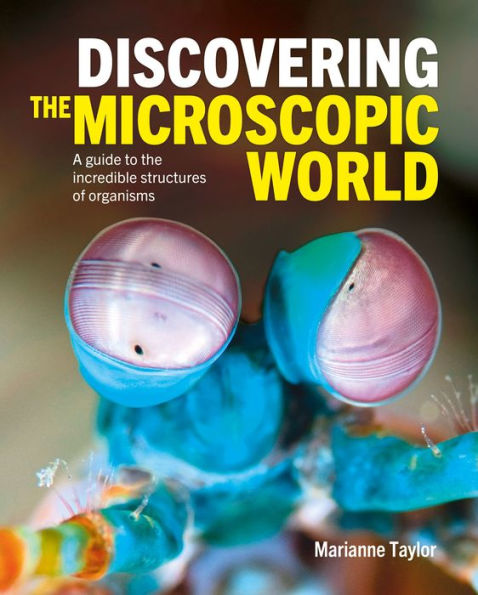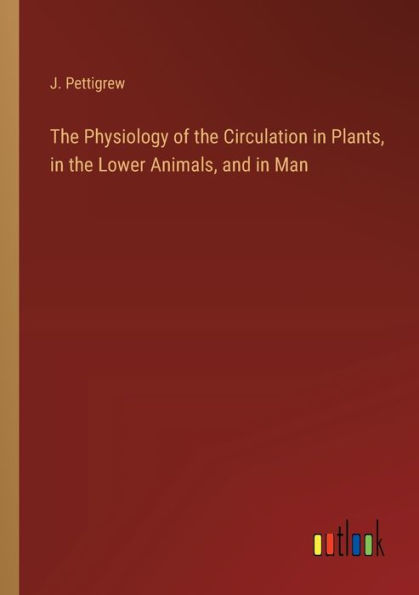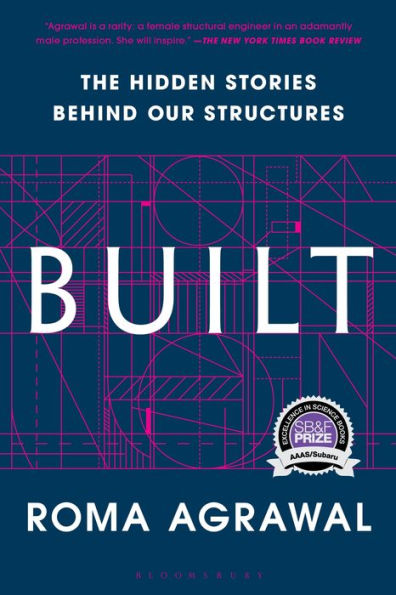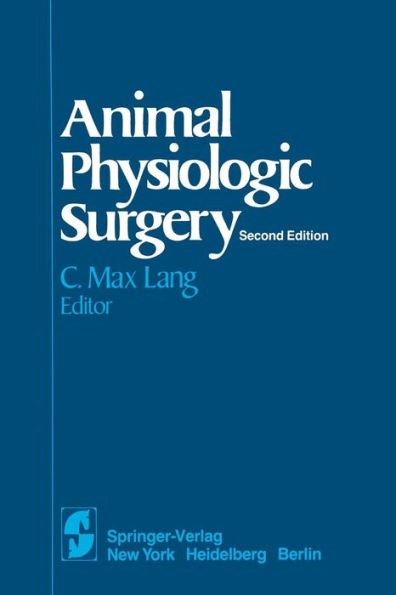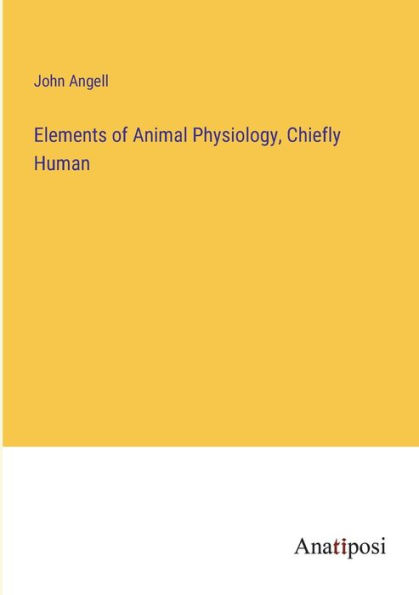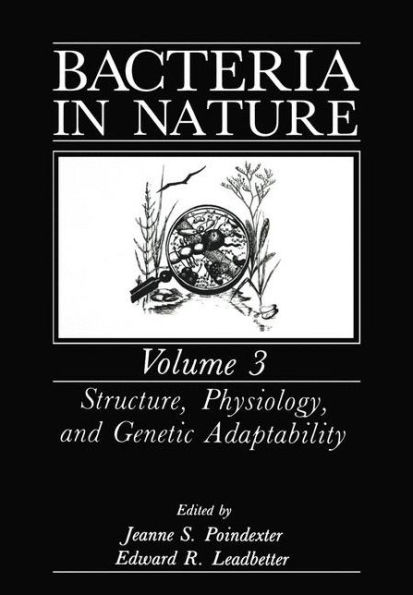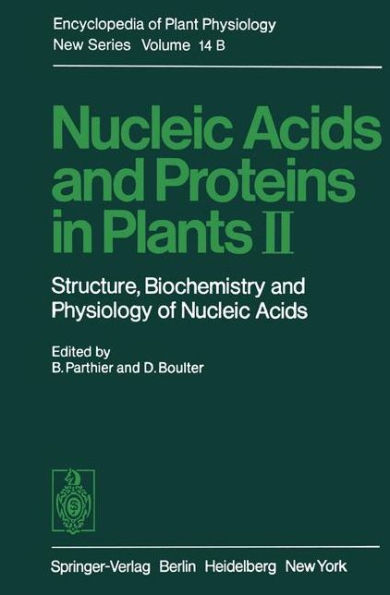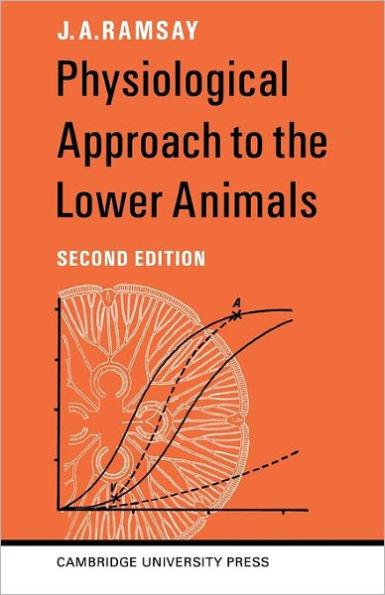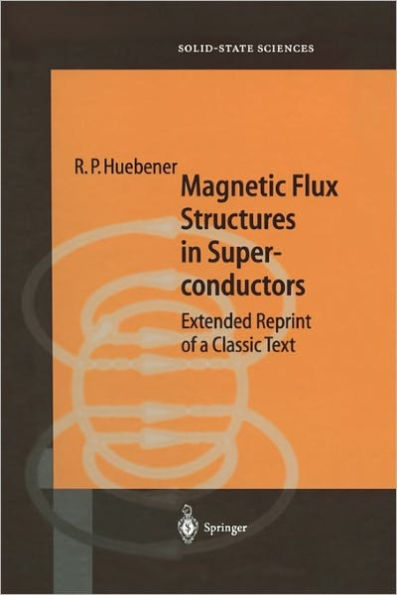Home
The Extended Organism: The Physiology of Animal-Built Structures
Barnes and Noble
The Extended Organism: The Physiology of Animal-Built Structures
Current price: $49.00
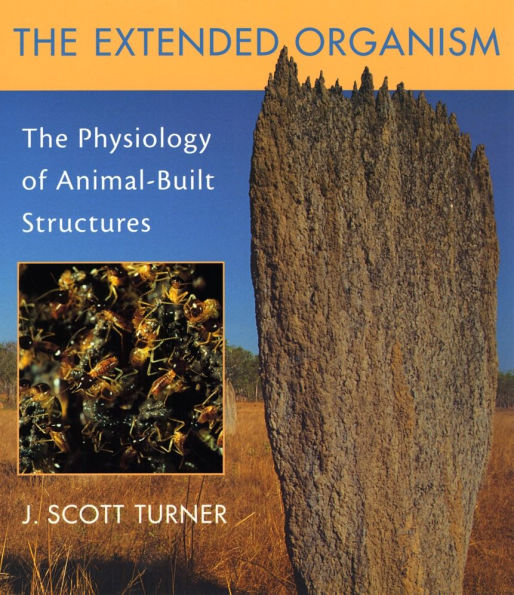

Barnes and Noble
The Extended Organism: The Physiology of Animal-Built Structures
Current price: $49.00
Size: OS
Loading Inventory...
*Product information may vary - to confirm product availability, pricing, shipping and return information please contact Barnes and Noble
Can the structures that animals buildfrom the humble burrows of earthworms to towering termite mounds to the Great Barrier Reefbe said to live? However counterintuitive the idea might first seem, physiological ecologist Scott Turner demonstrates in this book that many animals construct and use structures to harness and control the flow of energy from their environment to their own advantage. Building on Richard Dawkins's classic,
The Extended Phenotype
, Turner shows why drawing the boundary of an organism's physiology at the skin of the animal is arbitrary. Since the structures animals build undoubtedly do physiological work, capturing and channeling chemical and physical energy, Turner argues that such structures are more properly regarded not as frozen behaviors but as external organs of physiology and even extensions of the animal's phenotype. By challenging dearly held assumptions, a fascinating new view of the living world is opened to us, with implications for our understanding of physiology, the environment, and the remarkable structures animals build.
The Extended Phenotype
, Turner shows why drawing the boundary of an organism's physiology at the skin of the animal is arbitrary. Since the structures animals build undoubtedly do physiological work, capturing and channeling chemical and physical energy, Turner argues that such structures are more properly regarded not as frozen behaviors but as external organs of physiology and even extensions of the animal's phenotype. By challenging dearly held assumptions, a fascinating new view of the living world is opened to us, with implications for our understanding of physiology, the environment, and the remarkable structures animals build.
